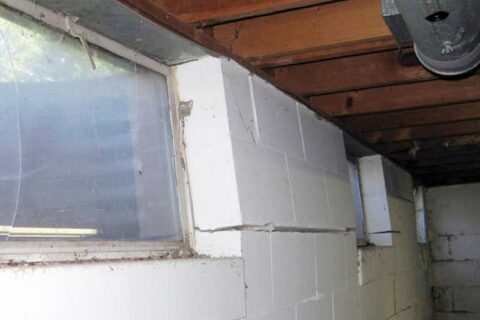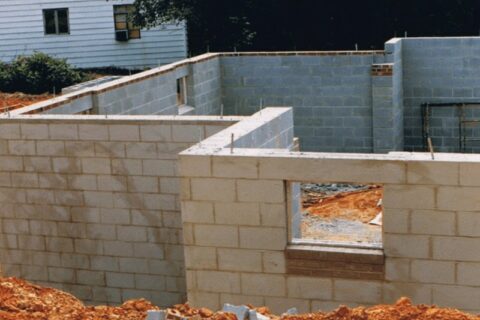What Causes a Sinking Foundation?
Sinking Foundation
If you are asked why foundations may sink, you may promptly attribute the reason to the ground. It does not mean you have given a wrong answer. However, in order to ascertain what the actual causes are; i.e. sag, settle or sink, you need to do a deeper root cause analysis. For instance, what lies beneath the ground that can be seen as you move into the lawn? It is the soil layers. You may not realize initially that your house is standing on varying soil layers with different abilities and thicknesses so that the weight of your home can be held well. The soils were deposited or formed several thousands of years ago while the formation of the earth took place. While water had carried, as well as, deposited some of these layers, glaciers and wind also did their parts. It is also possible that your homebuilder put some of these layers beneath your house. A homebuilder may move the soil around for creating build-able and flat land.
As the depth increases, the soil layers also tend to become stronger. In several locations, a shallow layer can be found near the organic surface so that is convenient for different types of vegetation and plants to grow. Just underneath the top layer, there are layers of clayey, silty or sandy soils that depend on where you are residing and how that soil reached there. There is a bedrock layer of soil right beneath these layers. This soil is either rocky or quite dense and stable.
Soil and Moisture
Moisture affects different types of soil in a different manner. Clay and sand are two of the most common types of soil found on the surface of the earth.
Clay- Clay can be regarded as the problematic soil. If clay soil gets wet, it holds water onto it and its size expands. On the other hand, it shrinks while it is dry.
Sand- Sandy well does not get much affected by moisture. Usually, water can pass quite fast through the sand while it rains. But the sand dies not expand even after getting wet. Moreover, it will not shrink when it gets dried up.
Defining Settlement
In simple terminology, a settlement is nothing but a movement experienced by your home when the soil beneath it is unable to support your home’s weight anymore. In some cases, the soil supporting your house may seem to be fine. And yet the movement can be experienced. There is a possibility of the change in soil in such cases. Settlement can be caused by 3 types of changes in the soil.
- Fill soil is not well compacted
- Softening and wetting of the soil that is an issue with clay soil
- Shrinking and drying of soil- an issue with clay soil
Ready to Get Started?
Contact Us Today to Schedule a No Pressure, No Obligation, Free Quote!


